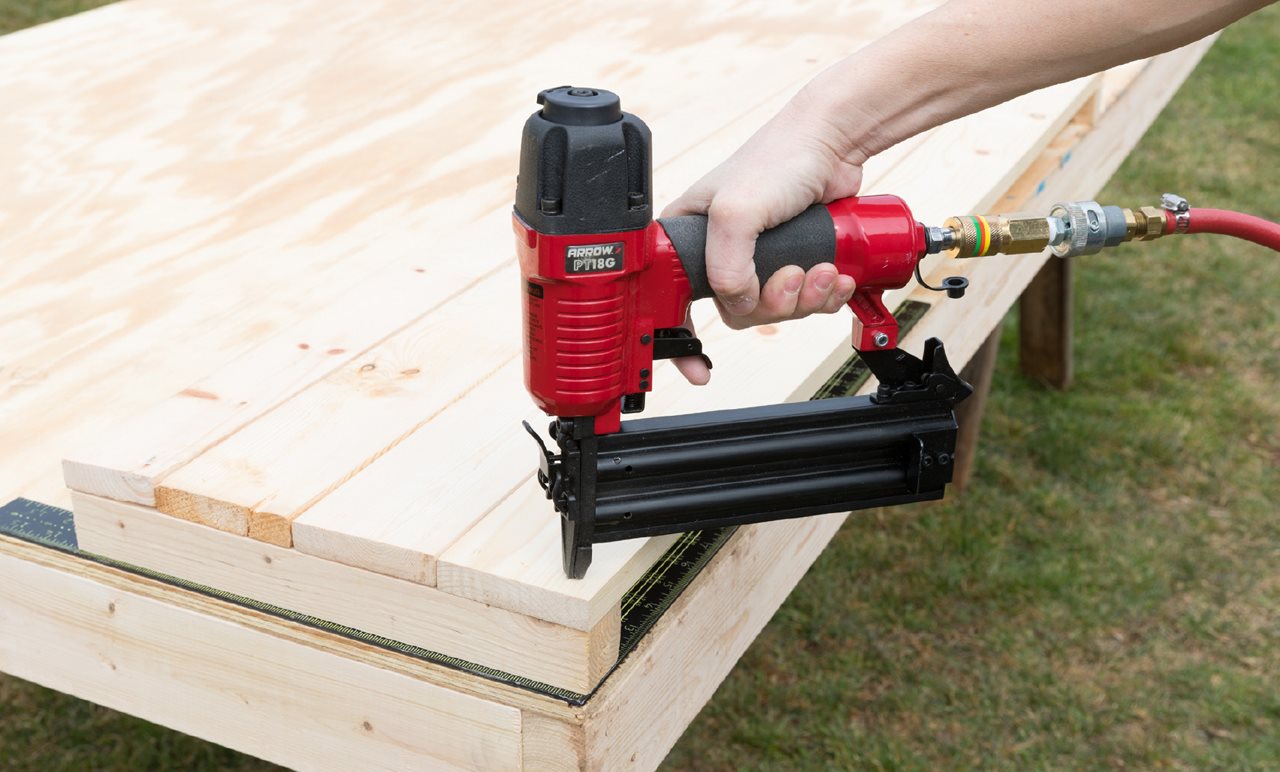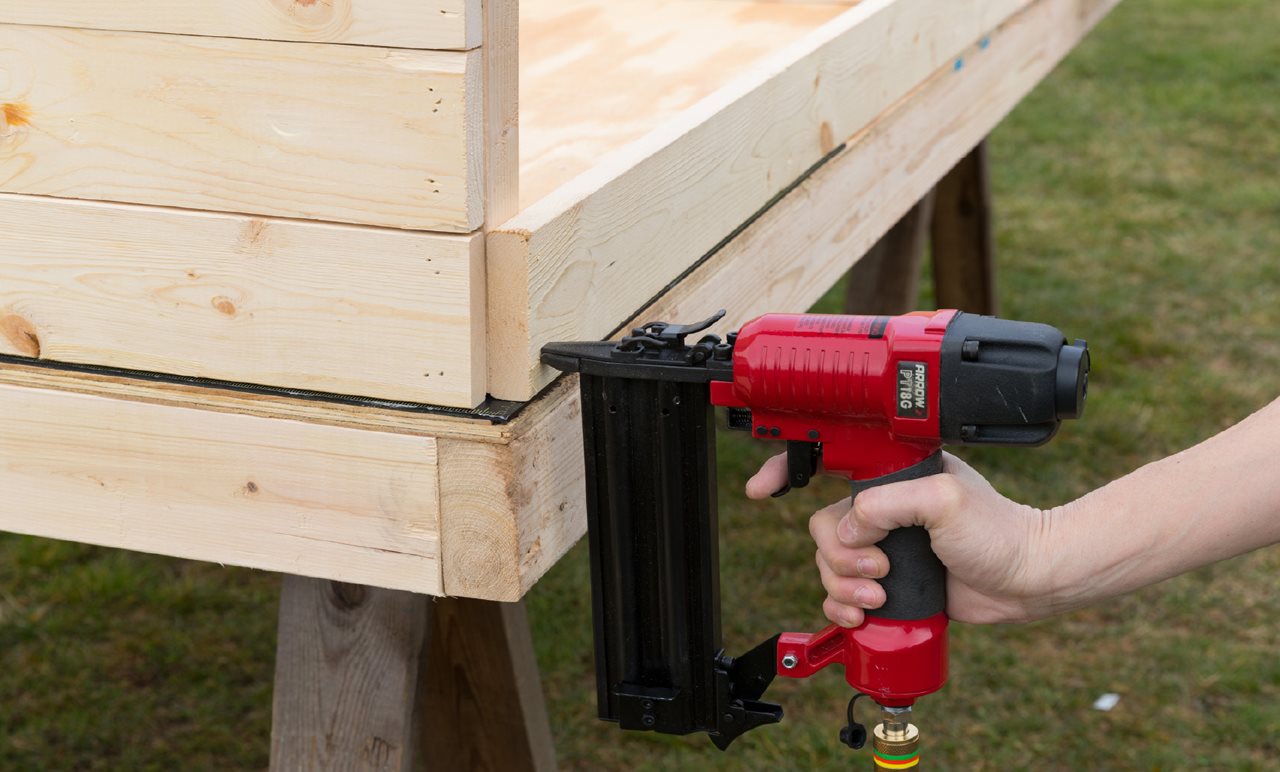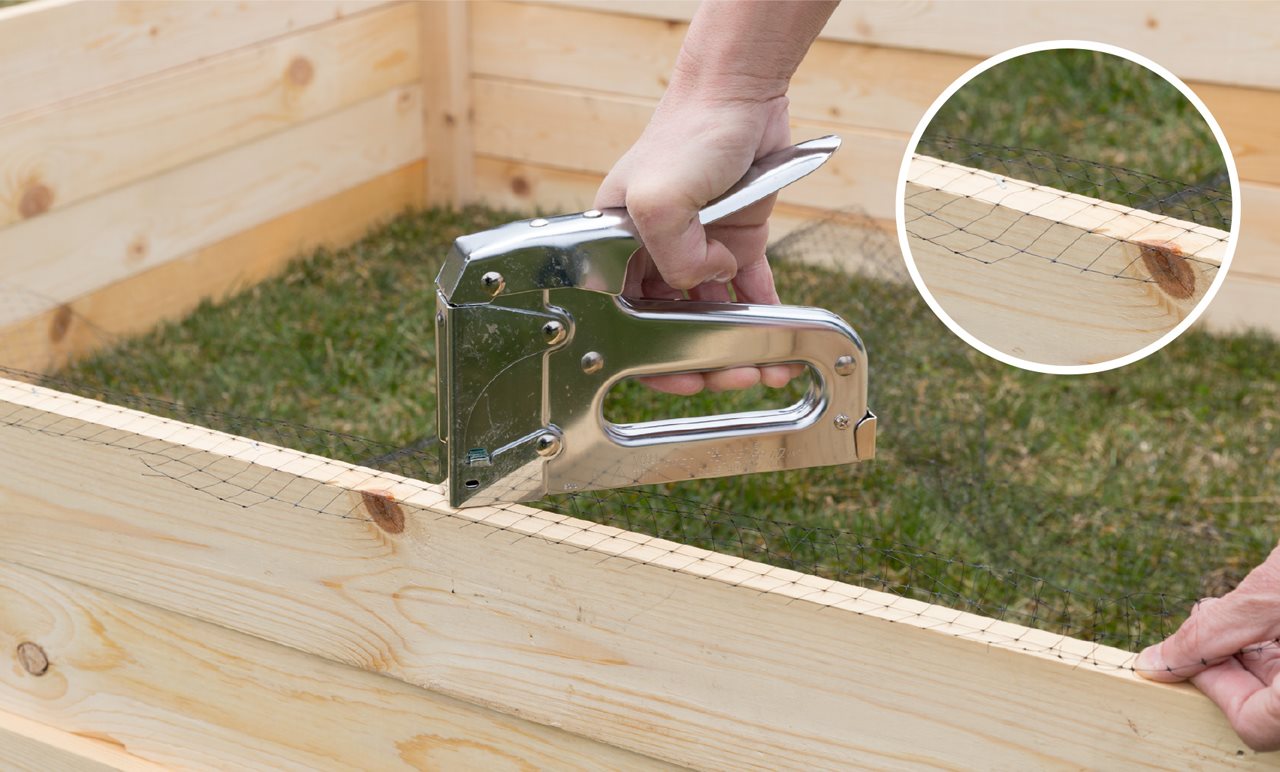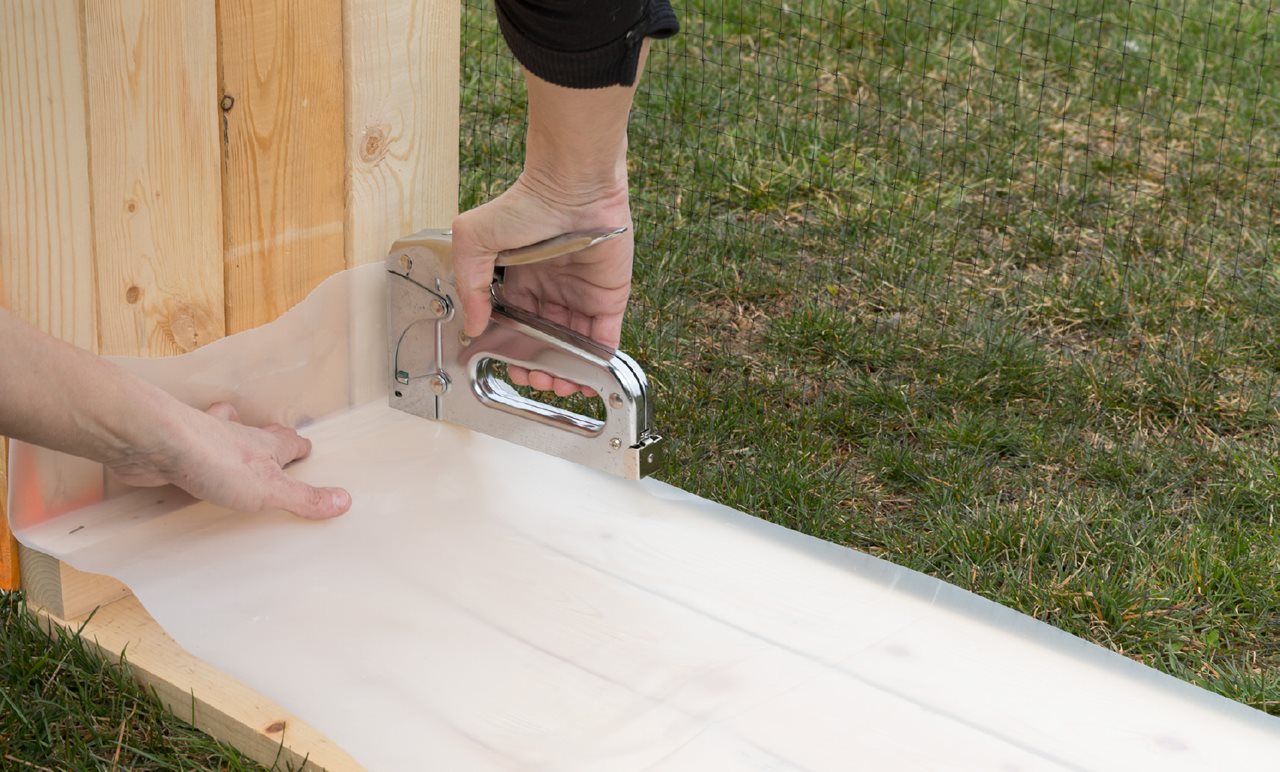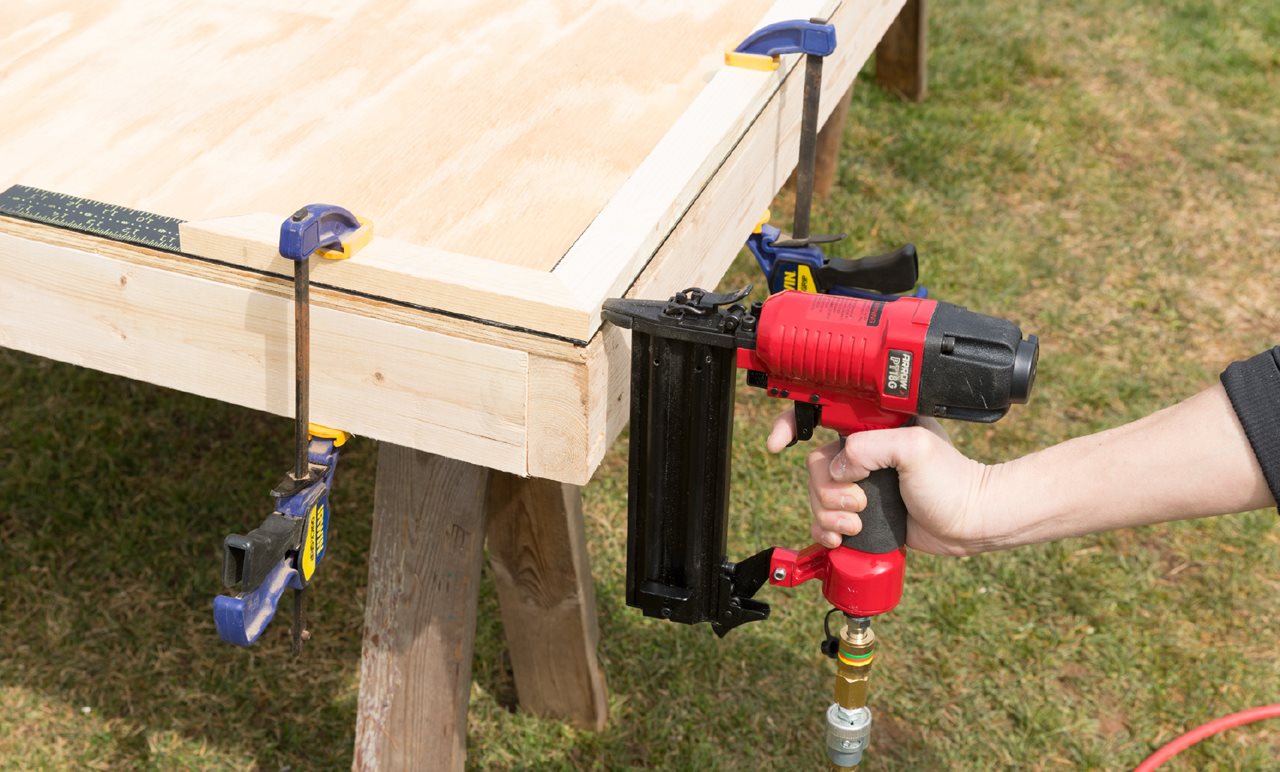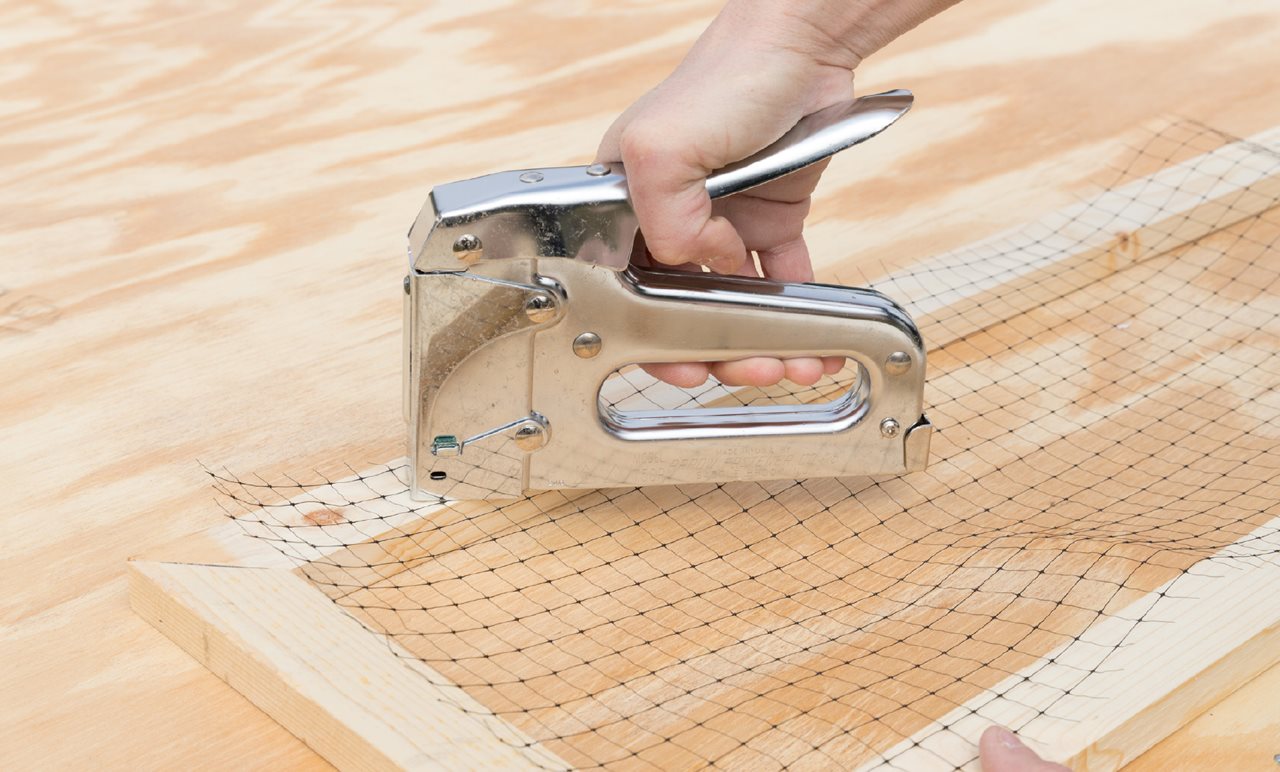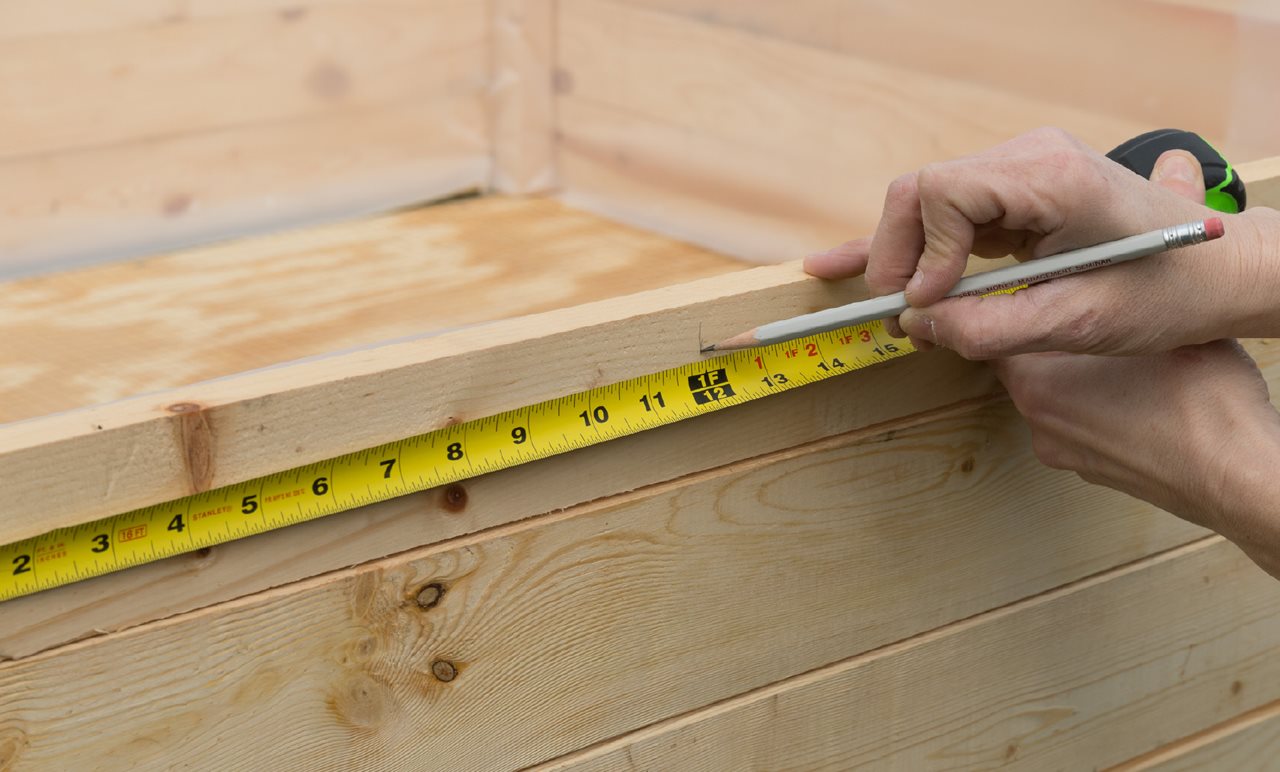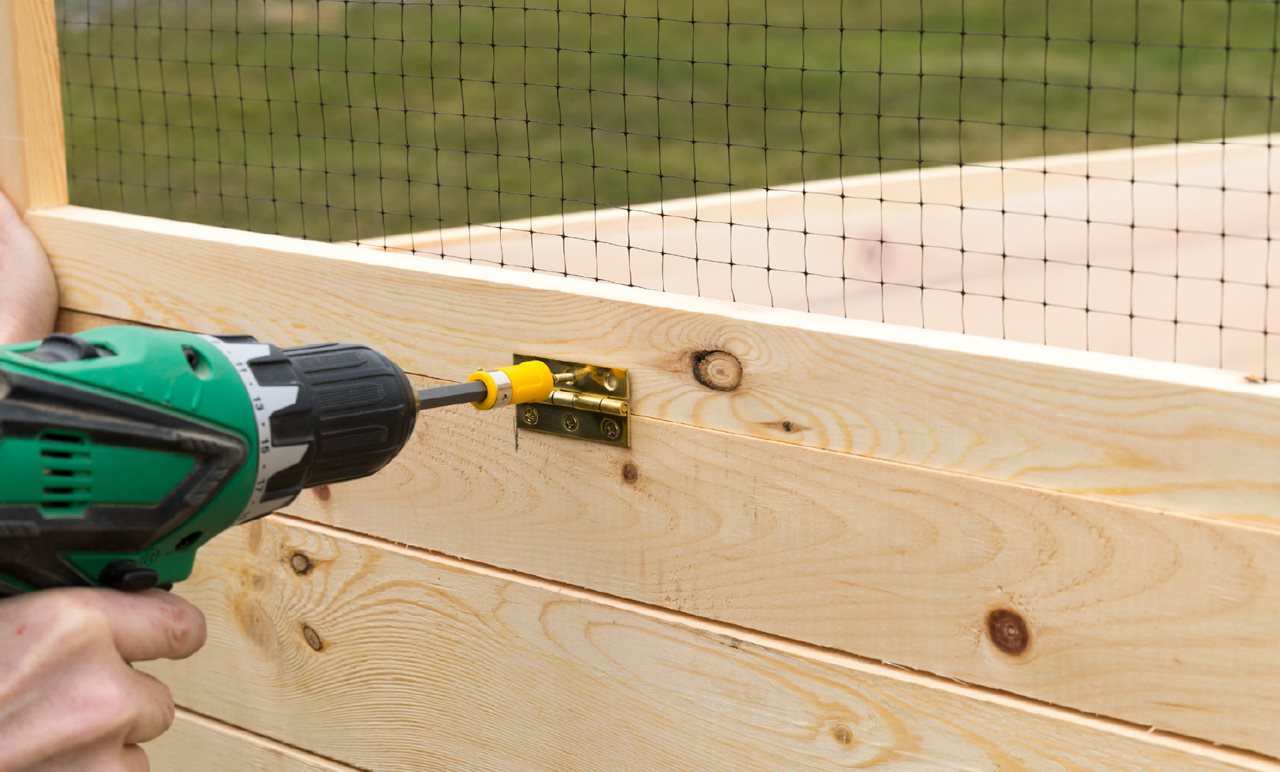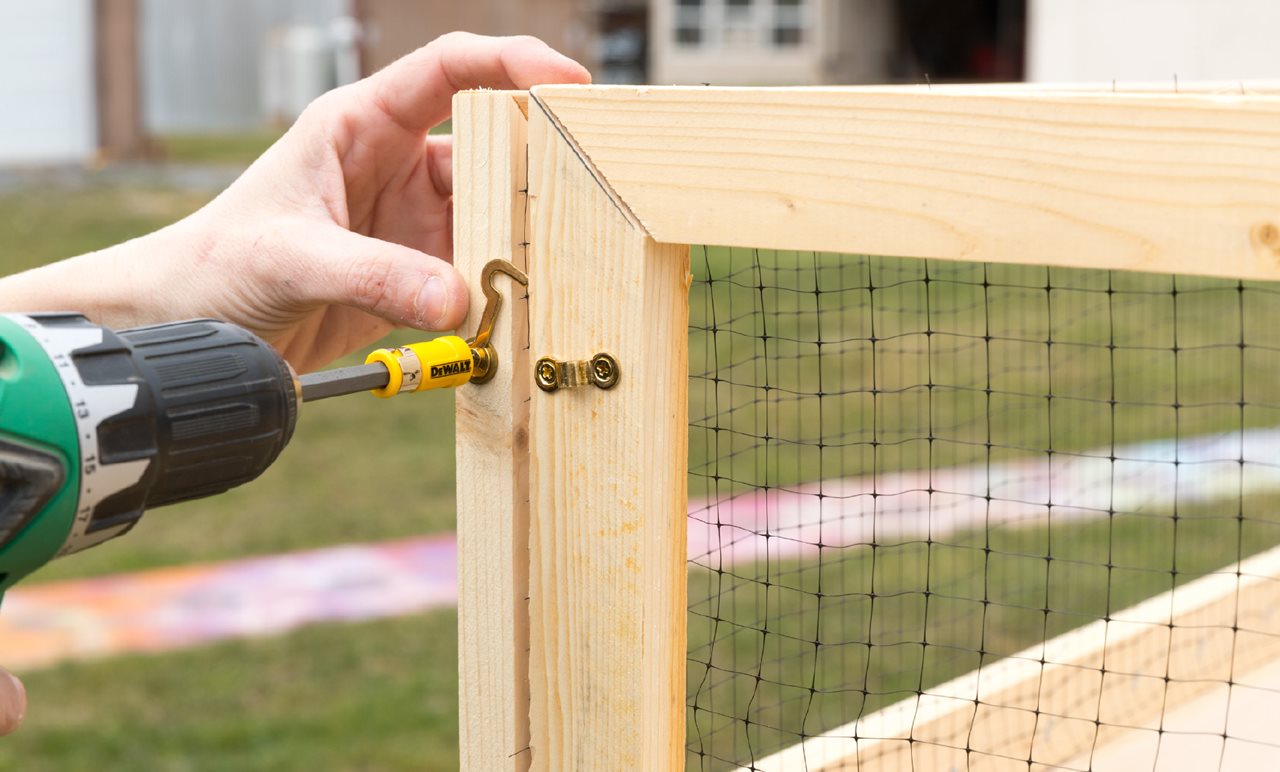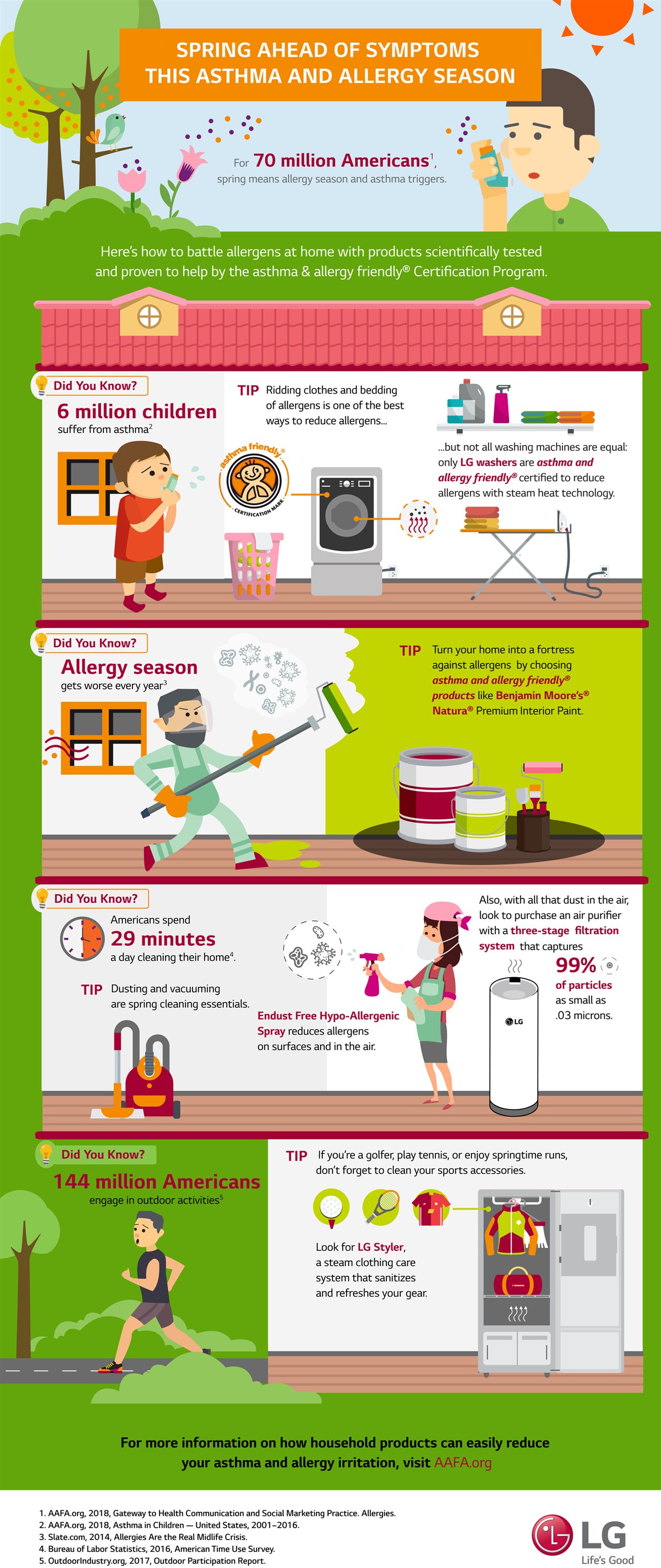2018-04-26T07:01:00
(BPT) – Parenting during the early years of childhood can be an exciting experience — first steps, first words and other milestone “firsts” — but there are other firsts too — first fever, first cold, and increasingly for parents — first allergic reaction. No parent ever wants to be unprepared if their infant or toddler experiences an allergic reaction, which could be an anaphylactic event.
Anaphylaxis is a severe, potentially fatal allergic reaction that occurs as a result of exposure to allergens. Common allergens include food, insect stings and bites, medication and latex.1,2 To learn more about life-threatening allergies, visit www.auvi-q.com/resources.
Infants and toddlers are increasingly being treated for anaphylaxis. In a study of more than 56,000 emergency department visits for anaphylaxis in the United States from 2005 to 2014, the overall increase in the rate of visits for children aged 0 to 4 years was almost 130%.3 There are several measures that parents can take to be prepared in the event their infant or toddler experiences an allergic emergency.
Ask about a new treatment option for your infant or toddler
For those with life-threatening food allergies, there are epinephrine auto-injectors (EAIs) that will treat an anaphylactic reaction, but until now, there was no EAI specifically designed for infants and toddlers weighing 16.5 to 33 pounds (7.5 to 15 kilograms). Who needs an EAI? How do you know if your little one might be at risk for a life-threatening allergic reaction? Speak to your doctor about the AUVI-q® (epinephrine injection, USP) 0.1 mg, the first and only EAI specifically designed for the treatment of life-threatening allergic reactions, including anaphylaxis, in infants and small children weighing 16.5 to 33 pounds (7.5 to 15 kilograms). Only AUVI-q 0.1 mg has a dose and needle length designed specifically for treating anaphylaxis in this young patient population. Like the currently available AUVI-Q 0.15 mg for children weighing between 33 and 66 pounds, and AUVI-Q 0.3 mg for anyone who weighs 66 pounds or more, AUVI-q 0.1 mg is about the size of a credit card and has the thickness of a cell phone. It also includes the innovative AUVI-Q electronic voice instruction system as well as visual cues to help guide users step-by-step through the administration. AUVI-Q is for immediate self (or caregiver) administration and does not take the place of emergency medical care.
Ask your doctor about new guidelines on preventing peanut allergies
A study published in 2015 looked at infants at high-risk for developing peanut allergy. In those infants, results showed an 81 percent lower likelihood that peanut allergy would ultimately develop if peanuts were regularly consumed early in life. This evidence led the National Institutes of Health (NIH) to update its allergy prevention guidelines, which now recommends that parents introduce peanut-containing foods to infants considered to be at high-risk of developing peanut allergy as early as the first four to six months of life to help reduce their chances of developing an allergic reaction at an older age. 4
Know how to identify an infant or toddler having an anaphylactic emergency
Infants may not be able to verbalize their symptoms to explain how they are feeling, making it extra important to be cognizant of physical symptoms.5 Many signs and symptoms of anaphylaxis in infants are subtle and may be mistaken as signs of normal development or other illnesses in infants. Examples include irritability, clinginess, inconsolable crying, drowsiness, drooling and regurgitation.6 The most common symptoms of anaphylaxis are hives, nausea/vomiting and swelling for infants under the age of 2, and hives, swelling and wheezing for young children aged 2-5.7
Watching your infant or small child experience a life-threatening allergic reaction is scary. Taking precautionary measures to prevent food allergies and actions to be prepared if an allergic event occurs is important.
Indication
AUVI-Q® (epinephrine injection, USP) is a prescription medicine used to treat life-threatening allergic reactions, including anaphylaxis, in people who are at risk for or have a history of serious allergic reactions.
Important Safety Information
AUVI-Q is for immediate self (or caregiver) administration and does not take the place of emergency medical care. Seek immediate medical treatment after using AUVI-Q. Each AUVI-Q contains a single dose of epinephrine. AUVI-Q should only be injected into your outer thigh, through clothing if necessary. If you inject a young child or infant with AUVI-Q, hold their leg firmly in place before and during the injection to prevent injuries. Do not inject AUVI-Q into any other part of your body, such as into veins, buttocks, fingers, toes, hands, or feet. If this occurs, seek immediate medical treatment and make sure to inform the healthcare provider of the location of the accidental injection. Only a healthcare provider should give additional doses of epinephrine if more than two doses are necessary for a single allergic emergency.
Rarely, patients who use AUVI-Q may develop infections at the injection site within a few days of an injection. Some of these infections can be serious. Call your healthcare provider right away if you have any of the following symptoms at an injection site: redness that does not go away, swelling, tenderness, or the area feels warm to the touch.
If you have certain medical conditions, or take certain medicines, your condition may get worse or you may have more or longer lasting side effects when you use AUVI-Q. Be sure to tell your healthcare provider about all the medicines you take, especially medicines for asthma. Also tell your healthcare provider about all of your medical conditions, especially if you have asthma, a history of depression, thyroid problems, Parkinson’s disease, diabetes, heart problems or high blood pressure, have any other medical conditions, are pregnant or plan to become pregnant, or are breastfeeding or plan to breastfeed. Epinephrine should be used with caution if you have heart disease or are taking certain medicines that can cause heart-related (cardiac) symptoms.
Common side effects include fast, irregular or ‘pounding’ heartbeat, sweating, shakiness, headache, paleness, feelings of over excitement, nervousness, or anxiety, weakness, dizziness, nausea and vomiting, or breathing problems. These side effects usually go away quickly, especially if you rest. Tell your healthcare provider if you have any side effect that bothers you or that does not go away.
Please see the full Prescribing Information and the Patient Information at www.auvi-q.com.
You are encouraged to report negative side effects of prescription drugs to the FDA. Visit www.fda.gov/medwatch or call 1-800-FDA-1088.
1 Lieberman P, Nicklas RA, Randolph C, et al. Anaphylaxis—a practice parameter update 2015. Ann Allergy Asthma Immunol. 2015;115(5):341-384.
2 Kelly KJ, Viswanath PK, Reijula KE, Fink JN. The diagnosis of natural rubber latex allergy. J Allergy Clin Immunol. 1994; 93(5):813-816.
3 Motosue, M. et al. Increasing ED visits for anaphylaxis 2005-2014 The Journal of Allergy and Clinical Immunology: In Practice (2017) 5:1, 171-175
4 National Institute of Health, National Institute of Allergy and Infectious Diseases. Addendum Guidelines for the Prevention of Peanut Allergy in the United States. Retrieved from https://www.niaid.nih.gov/sites/default/files/peanut-allergy-prevention-guidelines-clinician-summary.pdf.
5 Dosanjh, A. (2013). Infant anaphylaxis: the importance of early recognition. Journal of Asthma and Allergy, 6, 103–107. DOI: 10.2147/JAA.S42694.
6 Simons, F.E.R. (2007). Anaphylaxis in infants: Can recognition and management be improved? J Allergy
Clin Immunol Pract 120, 537-540. DOI: 10.1016/j.jaci.2007.06.025
7 Rudders, S.A., Banerji, A., Clark, S., Camargo, C.A. (2011). Age-related differences in the clinical presentation of food-induced anaphylaxis. J Pediatr., 158, 326e328. DOI: 10.1016/j. jpeds.2010.10.017.






